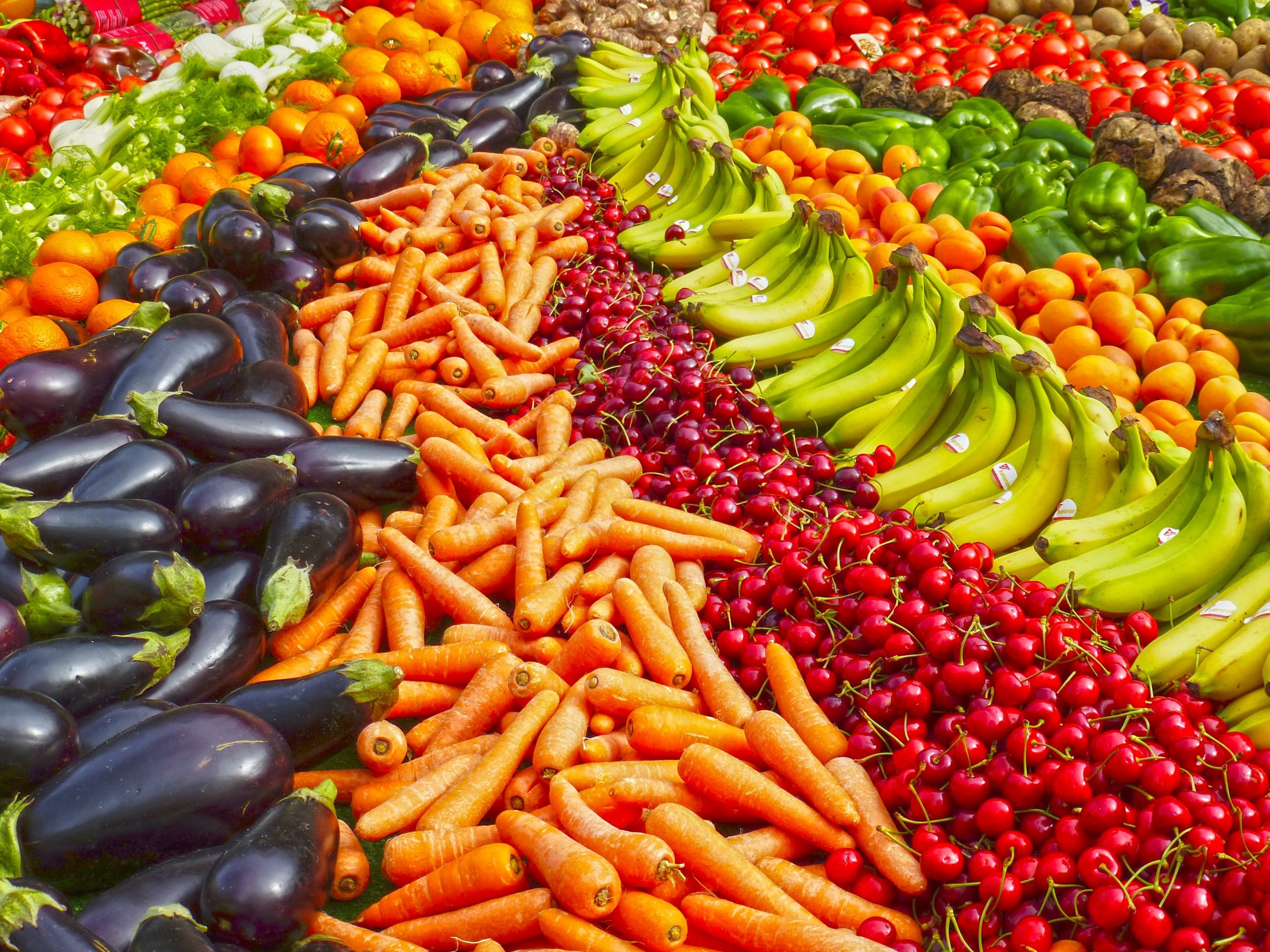
Approximately one-third of all food produced for human consumption is wasted each year according to the Food and Agriculture Organization (FAO) of the United Nations. That equates to 1.3 billion tons and carries an annual cost of $1 trillion. If we could salvage this waste, FAO estimates that we’d have enough food to meet the nutritional needs of 10 billion people, the projected population of 2050.
Technology has long been a beacon of hope for hacking world hunger. And these days, many people have turned their attention to artificial intelligence (AI) to make it happen. The Ellen MacArthur Foundation and Google estimate that AI-fueled food-saving technologies could generate around $127 billion a year by 2030. Let’s take a look at some of the most promising ones.
Weighing the True Cost of Food Waste
Winnow Solutions is a London-based developer that’s been making headlines left and right. The startup recently raised $20 million in October to scale Winnow Vision, its AI platform that identifies and weighs commercial kitchen food waste. Once it does this, Winnow Vision assigns a dollar amount to the food, which then gets dumped into its waste bin.
With an 80% success rate, Winnow Vision is better than the average kitchen staff (70 to 75%) at correctly identifying food waste. And according to Peter Krebs, the Managing Director of Winnow in North America, it’s improving as it learns.
After Winnow Vision does its job, it’s up to the people to take action from those insights. “At Winnow, we use the old adage: What gets measured gets managed,” explains Krebs. “Once chefs have the insight into what is being wasted on a daily basis, kitchens can reduce food waste quickly. An average kitchen that uses Winnow reduces food waste by over 50 percent in the first year.”

Swedish furniture retailer IKEA utilizes Winnow Vision in all 23 of its UK and Ireland stores. The company claims to have reduced food waste by 50% at those locations, adding up to 1.2 million saved meals in 2018 alone. Krebs says that Winnow Solutions hopes to eliminate $1 billion worth of commercial kitchen food waste per year by 2025.
Dynamic Pricing and Smarter Inventory Management
If a food product is close to its expiration date, do you think it should be discounted? An Isreali startup called Wasteless is trying to make this a widespread reality through its algorithm which dynamically prices perishable goods. The algorithm tracks the price of an item in real time and automatically adjusts it as the expiration date approaches.
So far, the results have been impressive. In a 12-week pilot test, one store retailer was able to reduce food waste by 39% and still maintain a positive net margin. In fact, the retailer boosted revenues by 110% during this time!

Other AI development startups are also tackling the retail side of food waste by focusing on inventory management. For example, Crisp is a company that is on a mission to create “a more efficient food supply chain” by using algorithms that take account of every variable affecting a food retail business. By doing so, the business can order the right amount of inventory without worrying about having too little or too much. The NYC-based startup recently came out of stealth mode with $14.2 million in funding.
Analyzing Agriculture
We’d be remiss to not mention any of the innovation occurring at the start of the food supply chain: the farm. Startups like California-based Centaur Analytics are combining the Internet of Things (IoT) with AI to yield more intelligent crop analytics.
With military-grade sensors, the five-year-old company collects data on a variety of variables affecting post-harvest storage facilities. This information is then pushed to the cloud, where algorithms can detect the presence of any conditions that may lead to early spoilage of the food. Centaur Analytics’ IoT platform can even predict a crop’s quality based on past and current conditions.
Of course, it isn’t only startups that are leveraging AI and machine learning applications to combat food waste. With sensors in tow, Microsoft’s Azure Cognitive Services is helping an Australian dairy farm ensure it produces high-quality milk by monitoring temperature changes in storage tanks and trucks. If a problem like a fridge electrical system failure occurs, the system sends an alert to prevent any spoilage.
Waste Not, Want Not
The United States alone spends $218 billion per year on food that’s never eaten. Nonprofit ReFed estimates it would take $18 billion over the course of 10 years to reduce this food waste by 20%. In its 2018 report, ReFed claims that $125 million was invested in food waste startups. But to reach the 20% reduction goal, the private sector would need to make up roughly a third of the $18 billion investment.
While it’s a steep initial investment, ReFed claims that reducing food waste by 20% in the U.S. would lead to $100 billion in consumer savings and business profits. Besides the monetary incentive, doing so would reduce greenhouse gas emissions by a whopping 180 million tons and save 16 trillion gallons of water!
The need to reduce food waste is growing. Fortunately, so is our appetite for AI innovation. All of the concepts we’ve discussed in this post show incredible potential to help reduce food waste. Which one is your favorite? How do you think AI can be used to solve this problem? Let us know in the comments!





